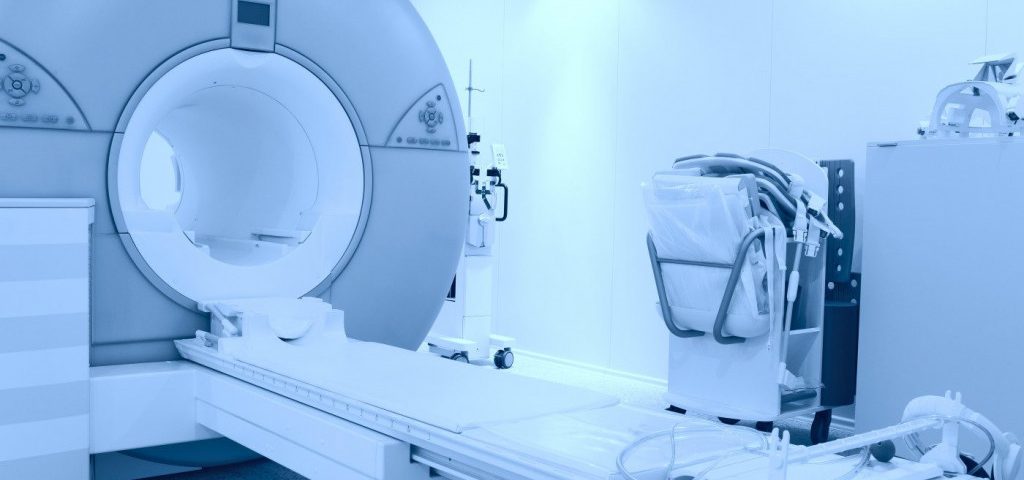After a weeklong delay, I had my liver biopsy yesterday. Today, I’m under doctor’s orders to be lazy. I’ll be spending the next few days not lifting more than 10 pounds or exercising.
I’ve had more medical tests the past three months than I’ve had in the three years since my liver transplant in 2017. I had forgotten what life was like when I would get an abdominal ultrasound, magnetic resonance imaging (MRI), and a computerized tomography (CT) scan every one or two years in addition to the monthly blood draws, annual colonoscopy, and biannual endoscopy to manage my autoimmune diseases.
As a refresher for myself and others, this column covers how to prep for, what to expect during, and recovering after common tests ordered for IBD patients.
#1: Preparing for the test
As with any test, preparation is the key to success. Not following pre-test instructions can cause poor results or having to redo the exam. Several IBD-related procedures require the patient to fast beforehand to empty the gastrointestinal (GI) tract. This reduces interference and prevents regurgitation during the exam.
For an abdominal ultrasound, the patient must not eat or drink eight to 12 hours before. Undigested food and liquid can impede the sound waves that produce images of the organs and blood flow.
With some MRIs and CT scans, the patient shouldn’t eat. However, they may be allowed to drink small amounts of water to prevent dehydration. Also, depending on the area being examined, the patient may have to drink a contrast or dye. For my magnetic resonance cholangiopancreatography (MRCP), which is a type of MRI, I had to drink pineapple juice. When I had an MRI of my GI tract years ago, I had to drink barium sulfate, which wasn’t as appetizing.
Fasting is vital when the test involves anesthesia, such as a colonoscopy or endoscopy. Stomach contents could enter the lungs as the patient’s muscles relax.
Something I always forget before imaging tests is to remove my jewelry before leaving home. These tests detect metal. Also, most facilities don’t want to be responsible or liable for a patient’s belongings. A good rule of thumb is if the patient needs to change into a hospital gown, leave the jewelry at home.
#2: Taking the test
Colonoscopies and endoscopies require little patient participation. Most patients sleep through the entire process. For ultrasounds, MRIs, and CTs, the patient actively participates.
To access different parts of the abdomen during an ultrasound, the sonographer will instruct the patient to roll over several times. The patient will also have to raise their arms at one point to reposition the abdominal organs.
Furthermore, the patient must hold their breath during ultrasounds, MRIs, and CTs. Not breathing prevents movement, which generates a clearer image. Additionally, holding one’s breath during an abdominal ultrasound causes the air-filled lungs to push the organs further down into the abdominal cavity for a clearer view, too.
For claustrophobic patients, MRI and CT equipment can cause anxiety. A CT scanner reminds me of gliding through a giant metal doughnut. Although it’s open on both ends, the opening might seem constrictive. An MRI machine is more tube-like, and the patient lies inches from the interior surface. Being confined for 30 minutes to an hour can be frightening. Some patients might require a sedative to undergo the test.
Whenever I slide into the MRI machine, I feel like an astronaut. The bright, stark whiteness dotted with tiny blue light reminds me of the white room at the end of “2001: A Space Odyssey.” I enter a meditative state from listening to the rhythmic beeps and focusing on my breathing.
#3: Recovering from the test
The intensity of recuperating depends on how invasive the exam is. If fasting was required, the first thing I do is get something to eat and drink. For an MRI or CT that requires contrast, post-test instructions often include drinking plenty of fluids to flush the dye out of the patient’s system.
For colonoscopies and endoscopies, the patient must watch for pain, vomiting, fever, or chills. These symptoms may signal a negative reaction to the anesthesia or internal injury from the exam. The patient should not drive, operate machinery, or make financial or legal decisions for at least 24 hours. I usually spend the rest of the day sleeping.
Waiting for results
After the test, I don’t know if the hard part is over or just beginning as I wait for results. I live by the mantra, “Expect the best. Prepare for the worst.” Although I’m hopeful, I’m realistic. I can’t ace every test. But even bad news can be good news because then I can begin proper treatment and jump back on the road to good health.
***
Note: IBD News Today is strictly a news and information website about the disease. It does not provide medical advice, diagnosis, or treatment. This content is not intended to be a substitute for professional medical advice, diagnosis, or treatment. Always seek the advice of your physician or other qualified health providers with any questions you may have regarding a medical condition. Never disregard professional medical advice or delay in seeking it because of something you have read on this website. The opinions expressed in this column are not those of IBD News Today, or its parent company, BioNews Services, and are intended to spark discussion about issues pertaining to IBD.

